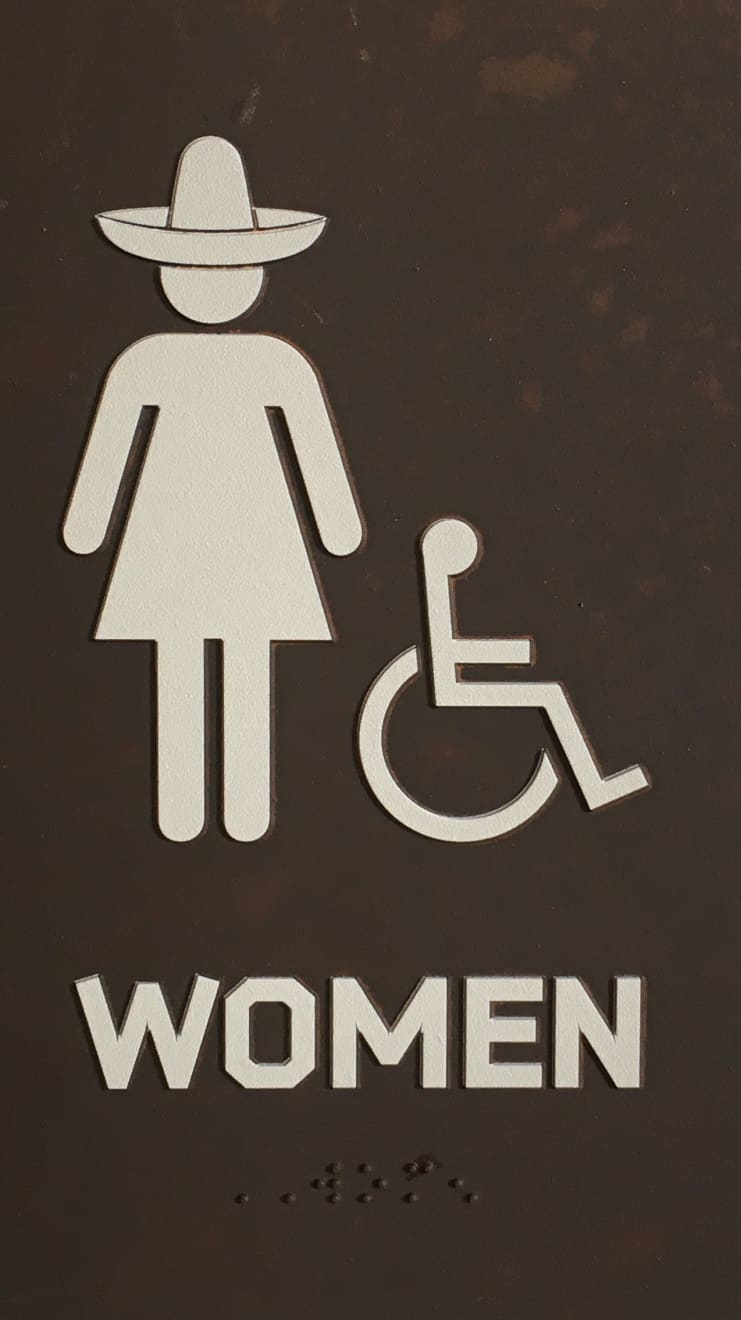Just about everyone recognizes that the midcentury-modern noun motel is a portmanteau derived from two pre-existing words: motor (or motorist) and hotel. But it turns out there’s a more technically correct term for the lodging format:
“
‘Exterior-corridor hotel.’
”
That’s an industry term of art, according to a New York Times report, for a market sector that’s suddenly hotter than perhaps at any time since its heyday in the 1950s and 1960s.
Motels, of late, are being rehabilitated, physically and in the popular imagination, and rediscovered.
In places like Palm Springs, Calif., and Austin, the capital of automobile-centric Texas, the trend was well underway, with demand for overnight accommodations and retro or even kitschy motifs inspiring developers to sink funds into converting tired motels to hipster havens, years before the onset of the coronavirus pandemic.

Restroom sign at Texican Court.
MarketWatch/Tim Rostan
The latter, though, appears to have shifted the trend into overdrive. When wanderlust began to kick back in, many found the idea of a road trip more appealing than a stressful and masked-up flight, to say nothing of more standard airport headaches, and when it came time to book lodging many concluded that an interior-corridor hotel, with the attendant risk of viral exposure, no longer held the same appeal it did before the early months of 2020.
The motel has been “the perfect kind of hotel during the pandemic,” said Amar Lalvani, chief executive of the Austin hospitality company Bunkhouse, according to the Times story. Exterior-corridor hotels, in fact, he suggested, rank alongside Zoom
ZM,
home baking and cryptocurrencies as COVID-era winners.
Bunkhouse, a division of the Standard International group, is now reportedly looking to double to 16 its portfolio of mostly renovated motel properties in the area.
Read on: Here’s what’s changed in the travel business while you were stuck at home

